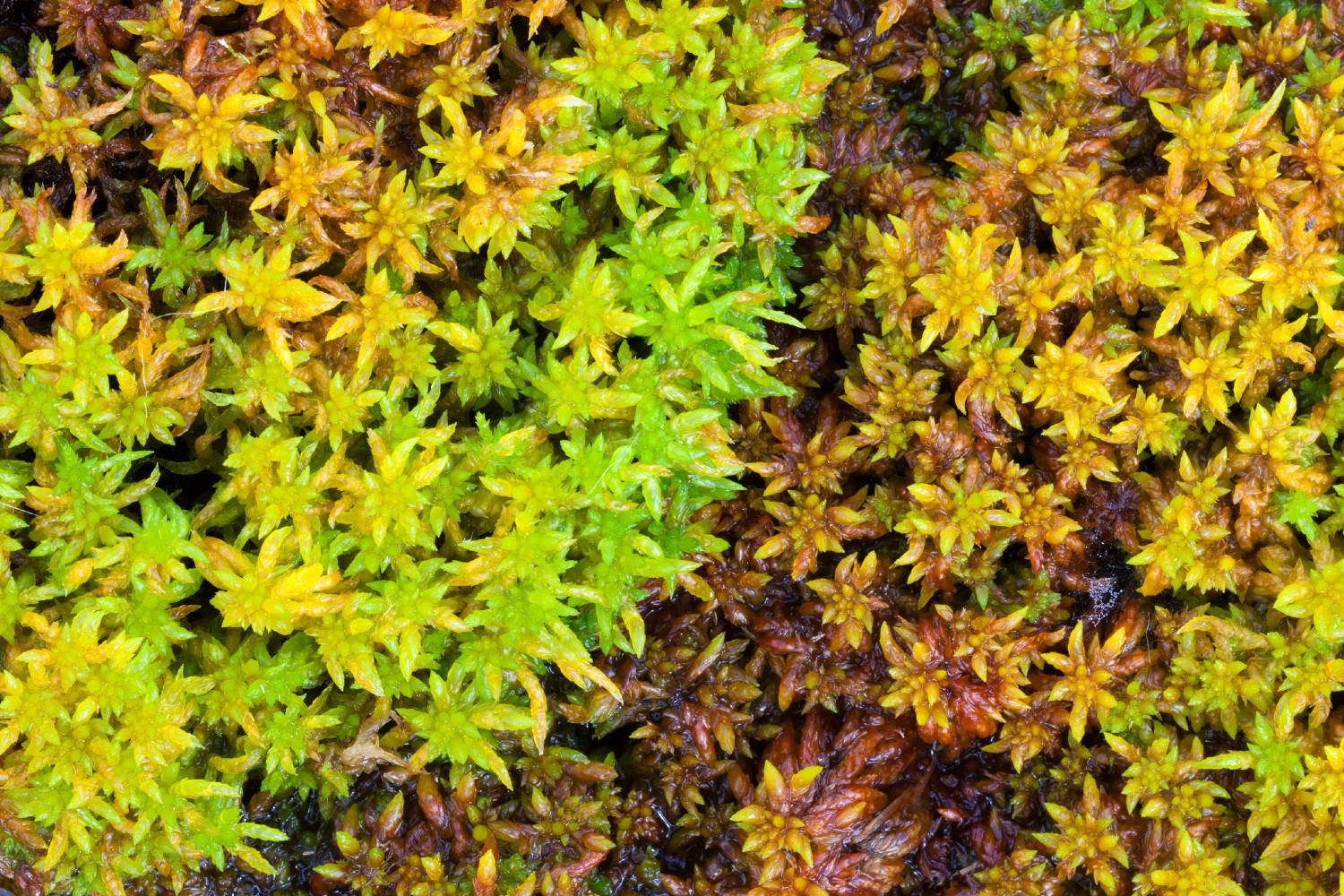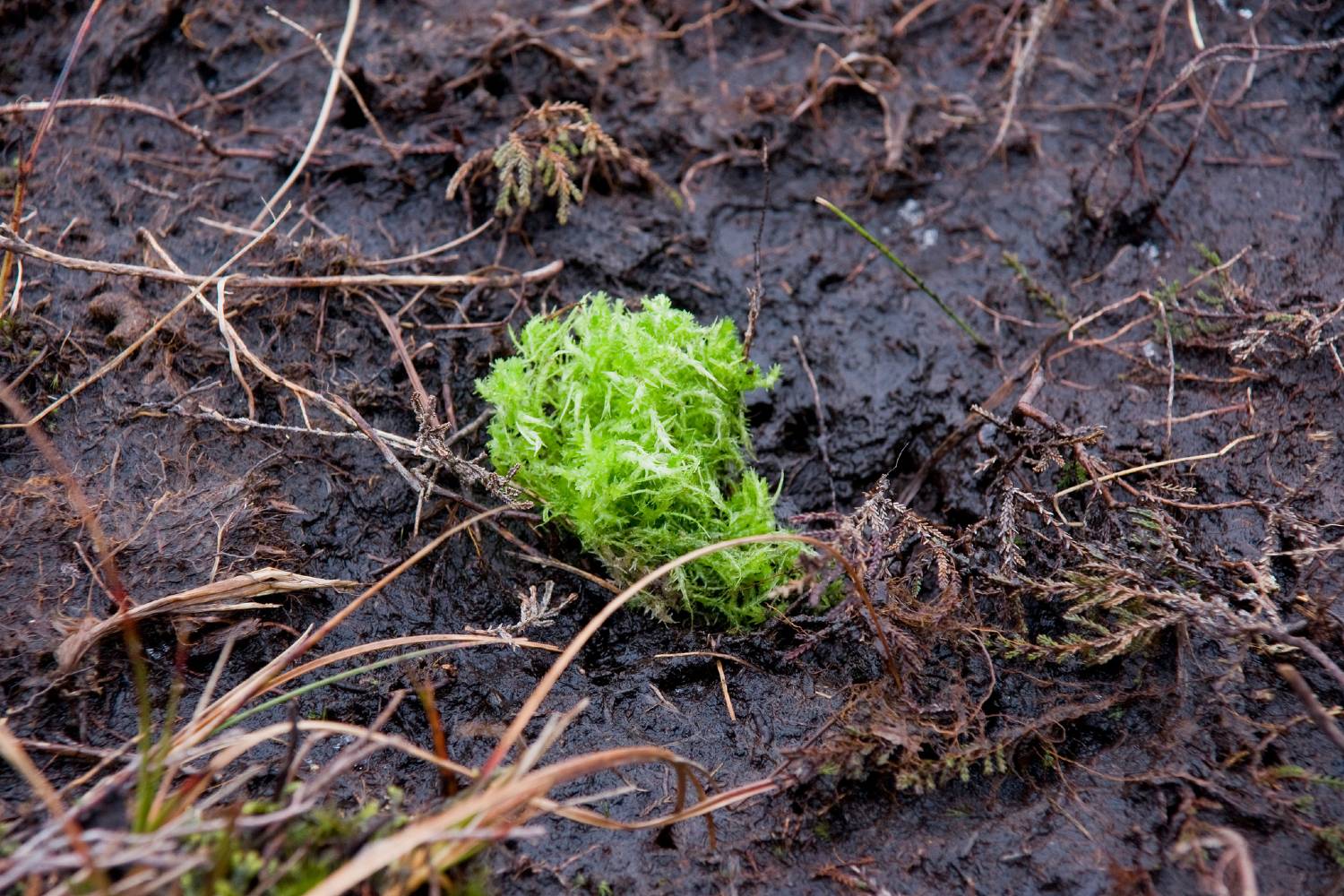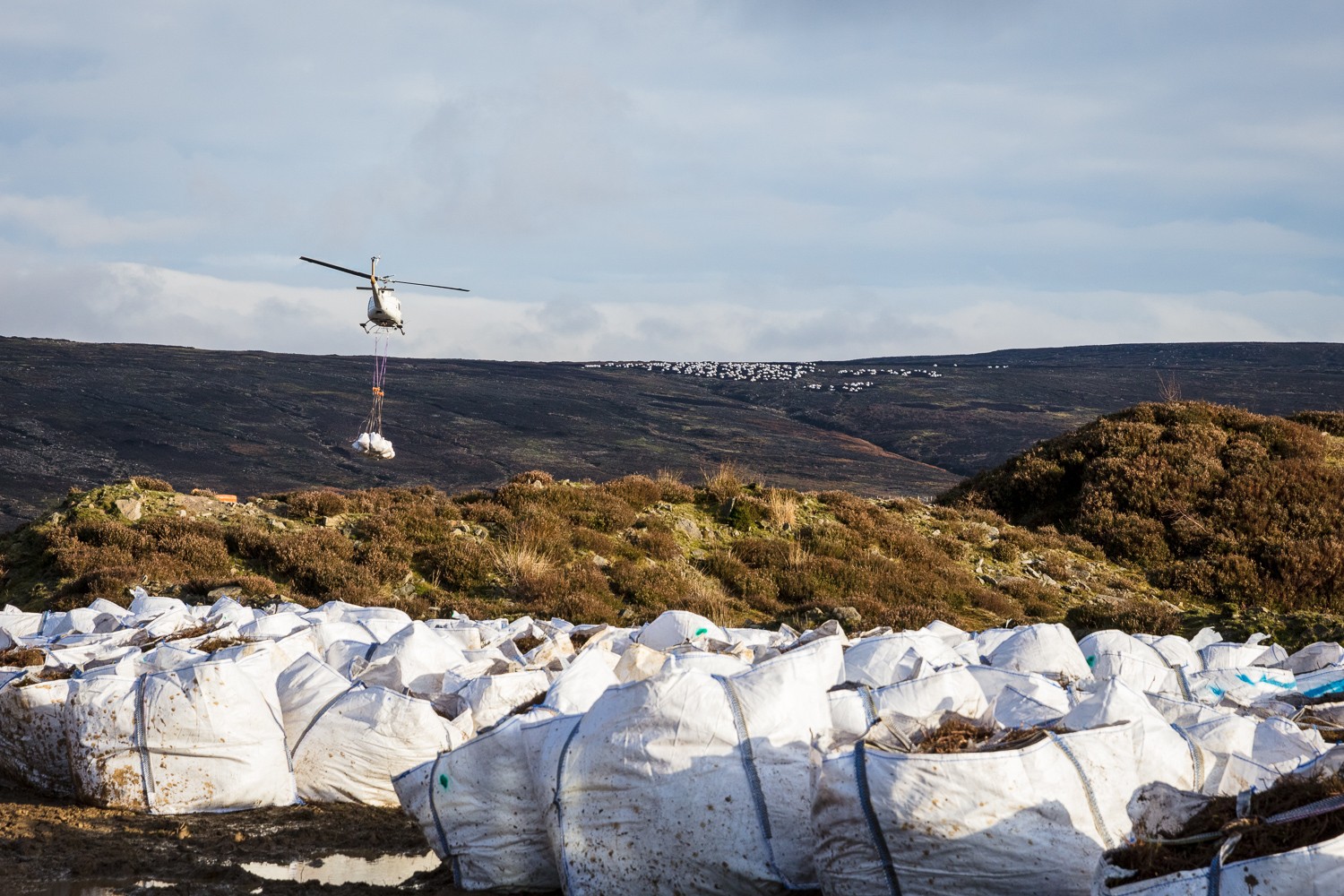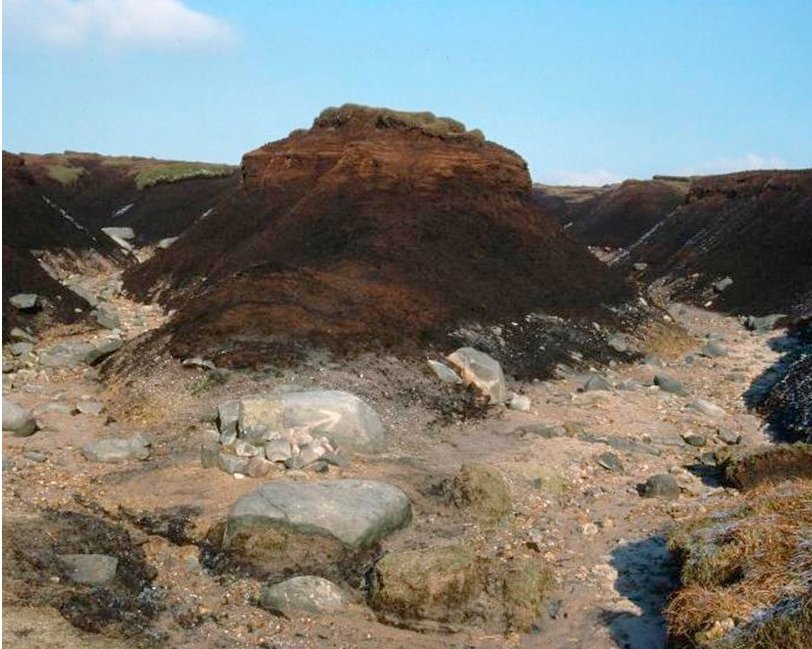
We planted over 2.9 million sphagnum plug plants as part of MoorLIFE 2020
This covers about 25 square kilometres.
We plant 120,000 plugs per square kilometre
Most of the sphagnum we plant is grown for us and supplied as plug plants. The plugs are planted by hand, normally about 1 metre apart.
They are propagated from sphagnum harvested locally to ensure that they have the best chance of survival.
The plugs normally contain a mixture of 12 different sphagnum species. Depending on where the plug was planted, one or two of the species contained in the plug is likely to thrive.
We’re experimenting with a different mixture containing only five species, but ones that form hummocks. These are the best bog-building species, but also the least abundant on the degraded bogs we are trying to restore. We’re hoping that by focusing on planting these types of sphagnum, we can make sure the really crucial sphagnum species colonise the moors, leading to a faster improvement in their condition.

Some of our sphagnum is translocated from sites that are rich in sphagnum, including some stock from Wales. Wherever we use the translocation technique, we are careful to take only up to 10% so that the donor site is left undamaged, and we carry out biosecurity checks to ensure we’re not spreading disease.
We also use tiny fragments suspended in a medium to form beads, which are easy to spread, or a gel which is spread in ‘blobs’ using a dispensing machine.
Cost effective?
We've completed a study to establish the most cost-effective method of planting sphagnum.
Kinder Scout Sphagnum Trials Summary
Kinder Scout Sphagnum Trials Report
You may also be interested in...
Funded by




